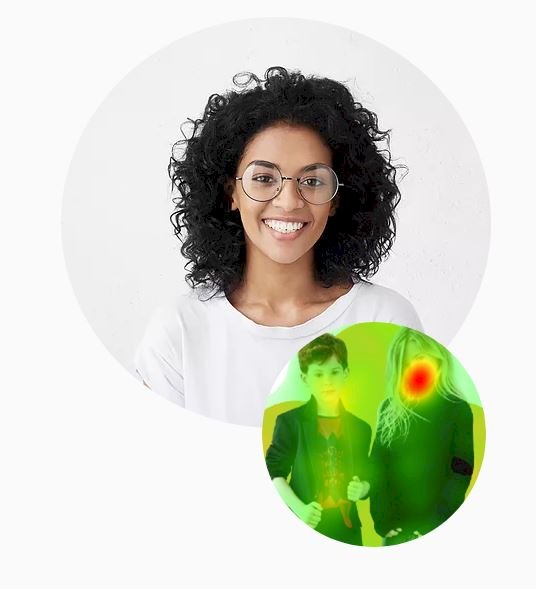
Survey Neuro is specifically designed for brands and marketing research companies to conduct consumer neuroscience research.
Facial Expresion Coding
Facial Expression Coding employs AI software and webcams to measure emotional responses to ads, digital videos, and other brand content used in market research.
Researchers acknowledge that emotions, whether conscious or unconscious, significantly impact audience engagement, brand loyalty, and purchase decisions.
This method scientifically and unobtrusively measures emotional engagement responses to stimuli, as reflected in facial expression activity. Real-time data, including key emotional traces, are captured via webcam and displayed to moderators and viewers or streamed to remote clients.


Online Eye Tracking
Online Eye Tracking is a state-of-the-art technology that uses webcams to monitor users' eye movements, enabling analysis of their interaction with digital content. In marketing research applications, an eye tracker records eye position and movement, including pupil dilation, to identify interest and reveal reactions that may otherwise go unreported.
Survey Neuro provides powerful visualizations that overlay viewers' gaze data on the stimulus. Through fixation counts, the heat map gives an aggregated view of the results, including what is seen and what is ignored. The connected dots display data from one or multiple recordings as individual gaze points and scan paths.
Implicit Response Time (IRT)
Implicit tests are a form of psychological assessment used to measure unconscious biases and associations that individuals may not easily recognize or report. They involve presenting stimuli to participants and measuring their response times or accuracy to determine their subconscious attitudes or beliefs. Implicit tests are online, objective, and cost-effective, capturing immediate and subconscious responses to brands, campaigns, new product concepts, packaging designs, and other marketing outputs.
Unlike quantitative and qualitative research, IRTs are not biased by conscious rationalization or distracting ploys. As a result, they allow marketers to study consumers at a deep emotional level, providing a more accurate prediction of their behavior.
